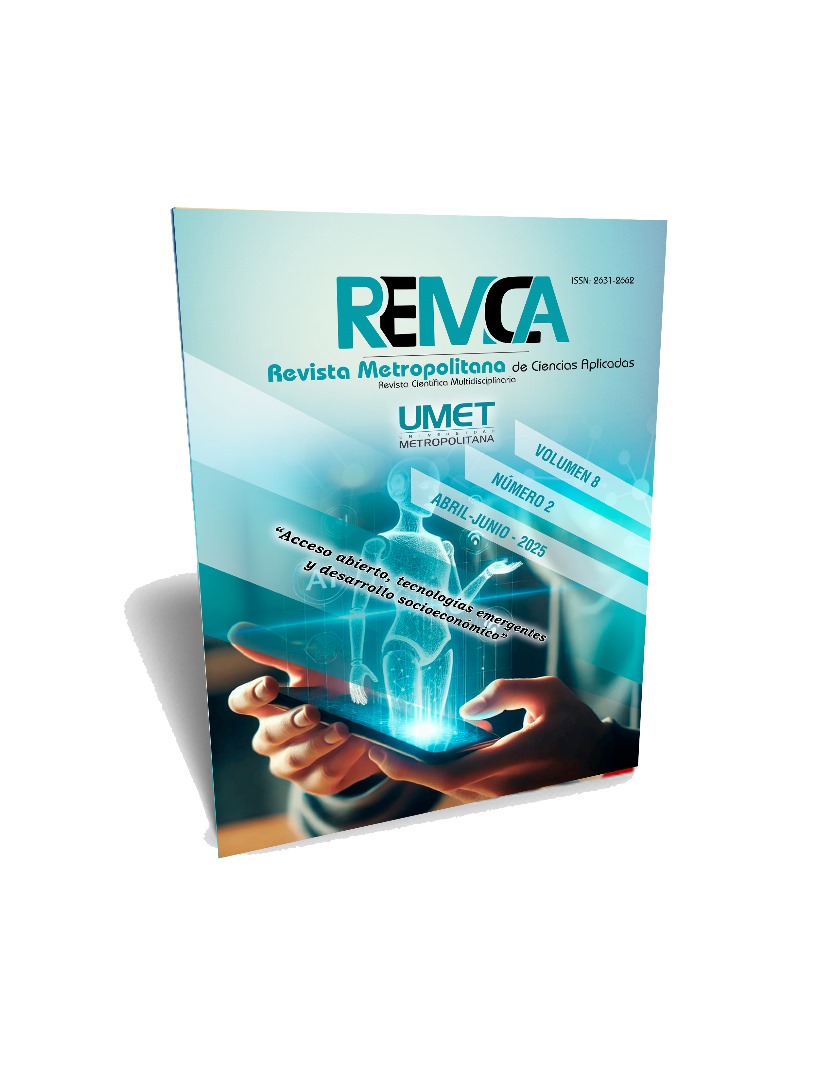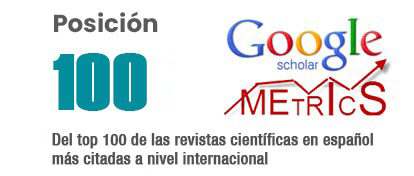Inclusive design and universal accessibility: innovative strategies for sustainable urban development in Quevedo, Ecuador, 2023
DOI:
https://doi.org/10.62452/thym8k25Keywords:
Inclusive design, urban accessibility, sustainable development, universal mobilityAbstract
The city of Quevedo, Ecuador, faces significant challenges in implementing inclusive design strategies that promote sustainable urban development. This study proposes inclusive design strategies to improve the accessibility and functionality of public spaces, with the objective of promoting a more equitable and sustainable city. Using a qualitative methodology and a mixed (inductive-deductive) approach, data were collected through surveys, interviews and direct observation on Avenida 7 de Octubre. The results show that accessibility barriers, such as sidewalks in poor condition, lack of adequate ramps and inaccessible street furniture, limit the mobility and participation of people with disabilities and other vulnerable groups. In addition, a lack of specific regulations and lack of awareness among authorities and citizens was identified. As a solution, strategies such as the rehabilitation of sidewalks, installation of accessible ramps, incorporation of vegetation and development of local accessibility regulations are proposed. These measures will not only improve the quality of life of the inhabitants but will also boost the economic and social development of Quevedo. The study concludes that the implementation of a comprehensive accessibility plan, based on successful models of cities such as Medellin and Barcelona, is essential to achieve inclusive and sustainable urban development. This work contributes to the discussion on the importance of inclusive design in urban planning, aligning with the Sustainable Development Goals (SDGs) of the 2030 Agenda, specifically goal 11.
Downloads
References
Comisión Económica para América Latina y el Caribe. (2021). Transformación del hábitat y las ciudades Hacia un desarrollo urbano sostenible en América Latina y el Caribe. CEPAL. https://repositorio.cepal.org/server/api/core/bitstreams/541a8e0e-0e5f-4225-9ffe-4b9d51a273c6/content
Ecuador. Presidente de la República. (2022). Reglamento a la Ley Orgánica de Discapacidades. Registro Oficial Suplemento 109.
Ecuador. Secretaría de Planificación y Desarrollo. (2024). Plan de desarrollo para el nuevo Ecuador. https://www.planificacion.gob.ec/plan-de-desarrollo-para-el-nuevo-ecuador-2024-2025/
Erazo Espinosa, J. E. (2009). Intersecciones urbanas: Origen y contexto en América Latina. FLACSO. https://biblio.flacsoandes.edu.ec/libros/digital/42369.pdf
Garrido Fuego, M., & Jaraíz Arroyo, G. (2017). Políticas inclusivas en barrios urbanos vulnerables. Áreas. Revista Internacional de Ciencias Sociales, (36), 141–151. https://revistas.um.es/areas/article/view/308141
GDI-Hub. (2023). AT2030-Infraestructura Inclusiva. https://at2030.org/inclusive-infrastructure/
Hernández Sampieri, R., Fernández Collado, C., & Baptista Lucio, P. (2009). Metodología de la Investigación. Mc Graw Hill.
Organización de las Naciones Unidas. (2015). Agenda 2030, Objetivos De Desarrollo Sostenible. ONU. https://www.un.org/sustainabledevelopment/es/2015/09/la-asamblea-general-adopta-la-agenda-2030-para-el-desarrollo-sostenible/
Rojas, C., & García, H. (2013). Diseño inclusivo: La participación activa de las personas en las soluciones de diseño. Kepes, 10(9), 297–314. https://revistasojs.ucaldas.edu.co/index.php/kepes/article/view/516
Rozzi Alburquerque, F., & Pérez, S. (2019). El desarrollo territorial: enfoque, contenido y políticas. Revista Iberoamericana de Gobierno Local, 27. https://revista.cigob.net/4-mayo-2013/articulos/el-desarrollo-territorial-enfoque-contenido-y-politicas/
Schreiber, F., & Cairus, A. (2016). La situación del mundo. informe anual del Worldwatch Institute sobre progreso hacia una sociedad sostenible. Icaria.
Solano-Meneses, E. (2021). Arquitectura Inclusiva: un abordaje neurocognitivo. Estoa. Revista de la Facultad de Arquitectura y Urbanismo de la Universidad de Cuenca, 10(19), 161-180. https://doi.org/10.18537/est.v010.n019.a09
Zambrano, V. T. (2022). Urbanismo inclusivo: Diseño de ciudades accesibles para todos. Proarquitectura, 4. https://www.proarquitectura.es/urbanismo-inclusivo-diseno-de-ciudades-accesibles-para-todos/
Downloads
Published
Issue
Section
License
Copyright (c) 2025 Adriana Avilés-Dávila, Glenn Vinueza-Mendoza, Washington Enrique Anda-Solms, Carlos Suárez-Castro, Byron Oviedo-Bayas (Autor/a)

This work is licensed under a Creative Commons Attribution-NonCommercial-ShareAlike 4.0 International License.
Authors who publish in Revista Metropolitana de Ciencias Aplicadas (REMCA), agree to the following terms:
1. Copyright
Authors retain unrestricted copyright to their work. Authors grant the journal the right of first publication. To this end, they assign the journal non-exclusive exploitation rights (reproduction, distribution, public communication, and transformation). Authors may enter into additional agreements for the non-exclusive distribution of the version of the work published in the journal, provided that acknowledgment of its initial publication in this journal is given.
© The authors.
2. License
The articles are published in the journal under the Creative Commons Attribution-NonCommercial-ShareAlike 4.0 International License (CC BY-NC-SA 4.0). The terms can be found at: https://creativecommons.org/licenses/by-nc-sa/4.0/deed.en
This license allows:
- Sharing: Copying and redistributing the material in any medium or format.
- Adapting: Remixing, transforming, and building upon the material.
Under the following terms:
- Attribution: You must give appropriate credit, provide a link to the license, and indicate if any changes were made. You may do this in any reasonable manner, but not in any way that suggests the licensor endorses or sponsors your use.
- NonCommercial: You may not use the material for commercial purposes.
- ShareAlike: If you remix, transform, or build upon the material, you must distribute your creation under the same license as the original work.
There are no additional restrictions. You may not apply legal terms or technological measures that legally restrict others from doing anything the license permits.




